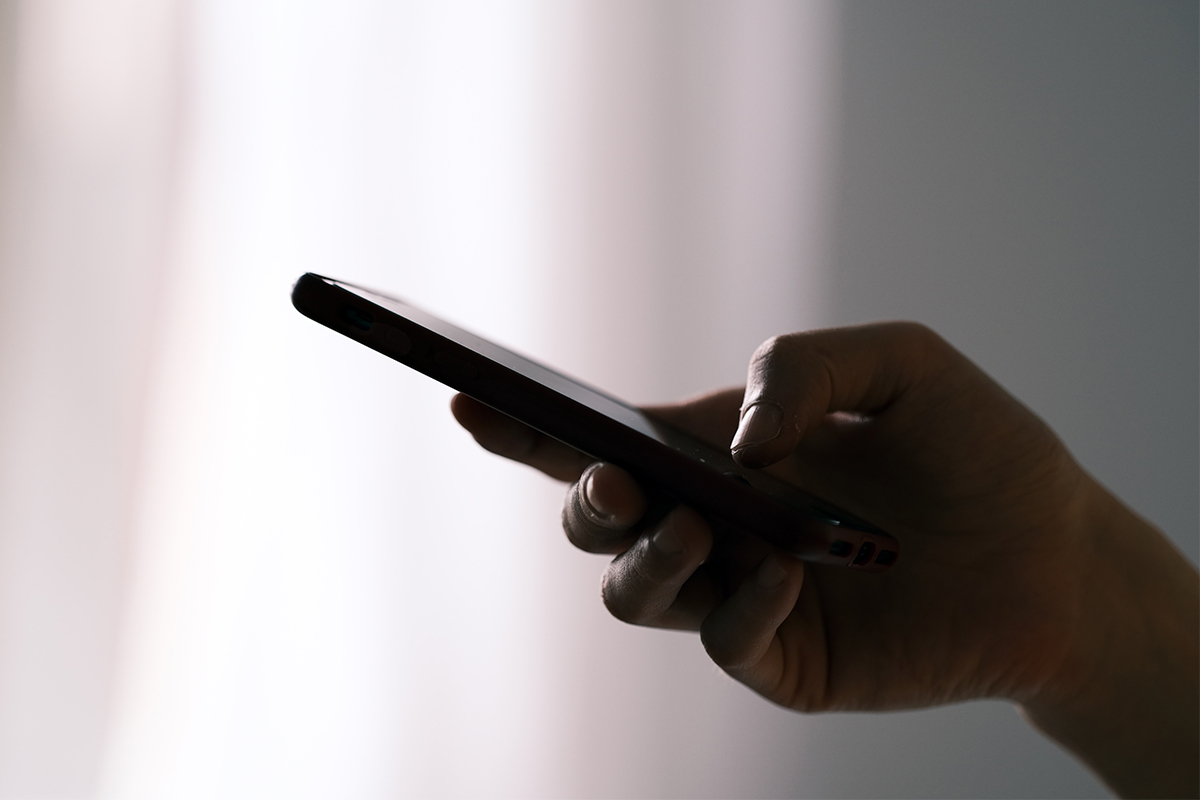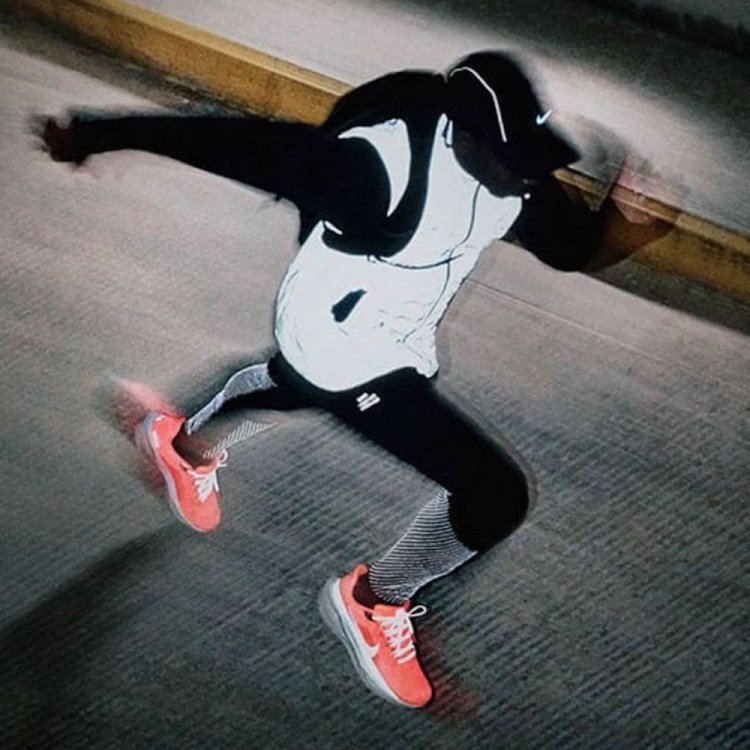You’re going to want to take a look at your pinkie.
Orthopedic surgeons and interventional physicians are concerned about the way we’re holding our phones, specifically the strain that holding it in just one hand can put on our littlest finger. Informally known as “smartphone pinkie,” musculoskeletal and nerve issues can crop up in your texting hand after years of clinging to your phone with what The Washington Post calls a “one-handed claw grip.”
This can result in a literal visual dent in the pinkie (similar to the sort of depression a child gets after holding a pencil or fork incorrectly), and over time, pain throughout the hand. After all, the nerves in the pinkie extend via tendons to the wrist. This behavior can strain ligaments, lead to general soreness and irritate existing conditions like arthritis and tennis elbow.
It’s easy to disregard chatter around smartphone ailments. We’re aware that they cause eyestrain and tech neck, but we use them so often that it’s more convenient to just not think about it. But it’s important to remember how unnatural our relationship is with them, not even mentally, which is a whole ‘nother conversation, but physically. Balancing something against your pinkie for long periods of time is an extremely odd move that you would otherwise never do.
Keep in mind, also, that phones are getting bigger. The average size of smartphones has been on the rise for over a decade. It’s not like hands are keeping pace with that trend. In these situations, smartphones almost feel a bit like cigarettes in the early 20th century. We all know they’re bad, we’re trying to stop, but it’s going to take some big studies 30 years from now to confirm just how much havoc they’ve wreaked.
The best thing you can do is to treat the death grip you clutch your phone with as the “overuse” injury that it is. Alter your behavior accordingly — switch hands throughout the day, stretch your fingers when they feel sore and try not to scroll exclusively with your thumb (the position that often leads to “smartphone pinkie”). You can also make an effort to use your phone with two hands.
Watch out, too, for situations where you know you’ll be holding your phone for an extended period of time, like working on your commute or watching a movie on the plane. And consider buying an assistive accessory. For a tablet, that means a stand. For your phone, that means something like a PopSocket, which encourages better ergonomics.
Whether you’re looking to get into shape, or just get out of a funk, The Charge has got you covered. Sign up for our new wellness newsletter today.


















